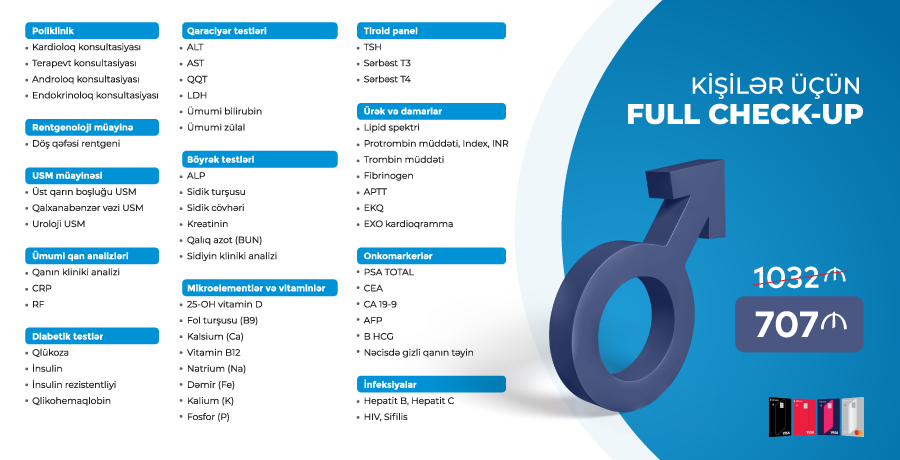Under normal conditions, healthy urine is straw-yellow in color, with varying intensity. This coloration is due to urochrome (a pigment derived from bilirubin) and other urinary pigments such as uroerythrin, uromelanin, uroferric acid, urobilin, hematoporphyrin, and urohematin. The intensity of urine color depends on its volume and specific gravity — the less fluid the kidneys excrete, the more concentrated and darker the urine becomes.
Urine color may also change due to the presence of blood, bile pigments, or certain medications, which can result in brown, reddish, or black urine.
A deviation in urine color is not always a sign of a disorder. However, if natural causes are excluded, dark urine may indicate a serious underlying condition. For this reason, urine color is one of the first indicators evaluated in laboratory tests.
Non-pathological causes of dark urine:
Consumption of pigment-rich foods such as beets, berries, legumes, carrot juice, and rhubarb
Medications such as anti-cancer agents, senna-based laxatives, certain antibiotics, and herbal supplements containing chrysophanic acid
Inadequate fluid intake
Dehydration
In these cases, the urine color usually returns to normal once the cause is removed.
Possible diseases that cause dark urine:
Alkaptonuria (ochronosis): a rare inherited disorder in which homogentisic acid is excreted in urine and darkens on contact with air. It also causes pigmentation of skin and cartilage, early-onset arthritis, heart complications, and kidney/prostate stones.
Obstructive or parenchymal jaundice: urine may become greenish-yellow or dark brown due to the presence of bile pigments (bilirubin and biliverdin).
Kidney diseases: kidney stones or trauma can cause bleeding, giving urine a reddish-brown appearance. Tumors or polycystic kidney disease may lead to purulent, brownish urine.
Infectious diseases: conditions such as cystitis or urethritis may result in brown urine with mucus and blood.
Other serious conditions: melanoma, liver cirrhosis, hemochromatosis, pancreatic or bile duct cancer, malaria cachexia, vasculitis, autoimmune hemolytic anemia, porphyria
Dark urine during pregnancy:
During a healthy pregnancy, urine color typically remains unchanged. However, darkening can temporarily occur due to diet, dehydration, or vitamin and medication use. If there are no other symptoms, increasing fluid intake is usually sufficient.
If dark urine is accompanied by abdominal pain, changes in odor, frequent urination, or fever, a medical consultation is necessary.
Factors affecting urine color:
Gender: women are more prone to urinary tract infections, which can cause blood in the urine.
Age: men over 50 may experience dark urine due to prostate enlargement or bleeding.
Past infections: previous viral or bacterial infections may cause inflammation in the kidneys.
Heredity
Intense physical exertion
Symptoms that require medical attention:
Foul odor of urine
Frequent or urgent urination
Fever or fluctuating body temperature
Painful or difficult urination
Nausea and vomiting
Pain in the abdomen or lower back
Conclusion:
Changes in urine color should not be ignored, especially when accompanied by other symptoms. Self-diagnosis is not recommended. A detailed medical evaluation is essential to determine the underlying cause and appropriate treatment.

